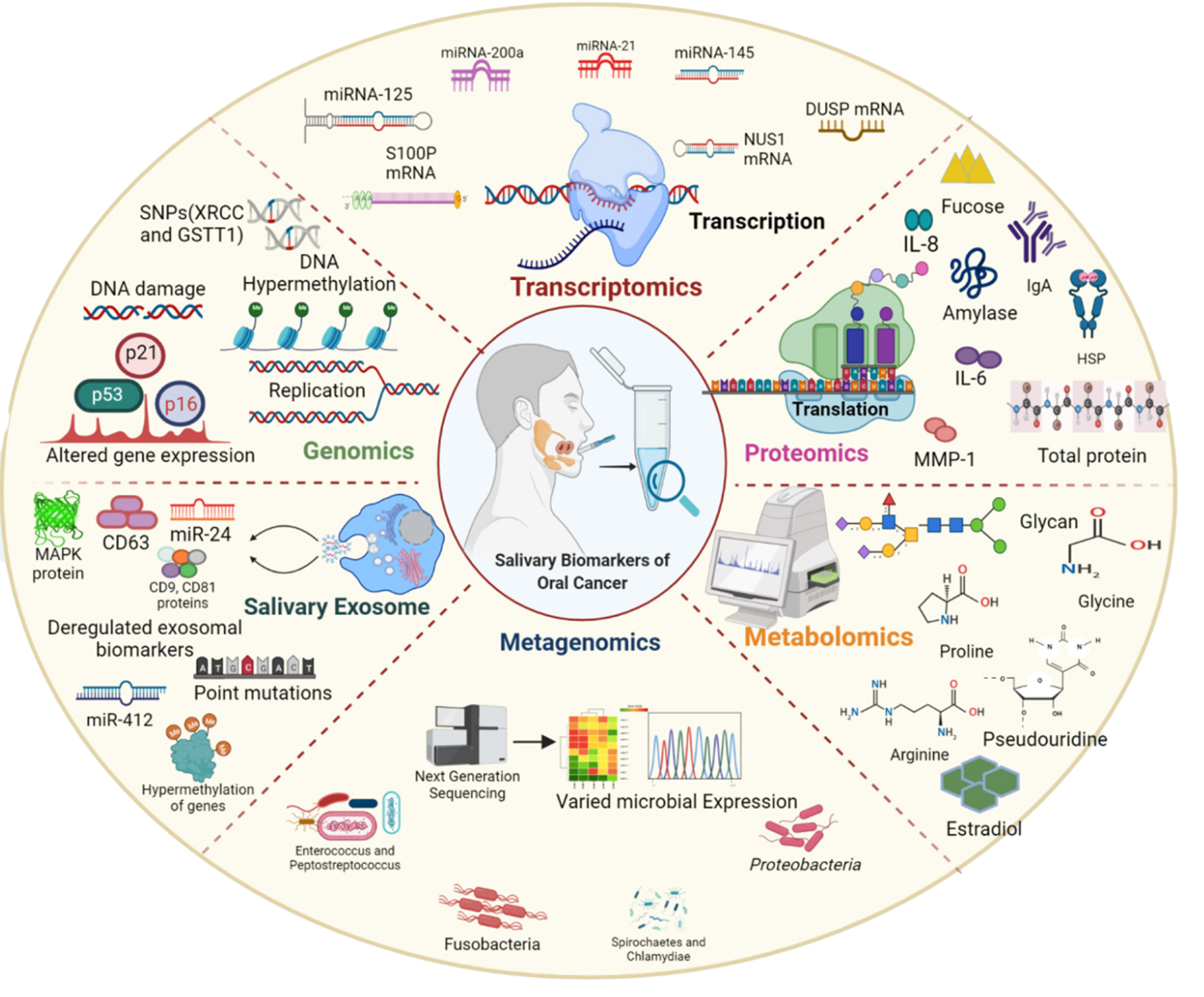Salivary biomarkers in non-invasive oral cancer diagnostics: a comprehensive review
DOI:
https://doi.org/10.1590/1678-7757-2024-0151Keywords:
Oral Squamous Cell Carcinoma, Saliva, Non-invasive diagnostics, Tobacco consumers, Biomarkers, Oral CancerAbstract
Objective: This review aims to provide a comprehensive analysis of the effectiveness of saliva as a non-invasive diagnostic marker for oral cancer. Despite progress in oral cancer diagnosis and prognosis, the 5-year survival rate remains low due to the resistance to treatment and delayed diagnosis, which can be attributed to various factors including tobacco and alcohol consumption, genetic damage, and human papillomavirus (HPV). The potential use of saliva as an easily accessible non-invasive screening and diagnostic method arises from its direct contact with the lesion site. Methodology: Data for this study were gathered via a comprehensive literature evaluation using search engines such as the PubMed, Web of Science, Google Scholar, and SciFinder. Results: Identifying salivary biomarkers shows potential to transform oral cancer diagnostics by offering a reliable alternative to the traditional invasive methods. Saliva is an abundant reservoir for both cell-bound and cell-free organic and inorganic constituents. Thus, saliva is an appropriate field for research in proteomics, genomics, metagenomics, and metabolomics. Conclusion: This review provides a comprehensive elucidation of salivary biomarkers and their function in non-invasive oral cancer diagnosis, demonstrating their potential to enhance patient outcomes and reduce the impact of this devastating disease.
Downloads

Downloads
Published
Versions
- 2024-10-01 (2)
- 2024-09-11 (1)
Issue
Section
License
Copyright (c) 2024 Ravina Vats, Pooja Yadav, Afsareen Bano, Sapna Wadhwa, Rashmi Bhardwaj

This work is licensed under a Creative Commons Attribution 4.0 International License.
Todo o conteúdo do periódico, exceto onde está identificado, está licenciado sob uma Licença Creative Commons do tipo atribuição CC-BY.

